phantom video
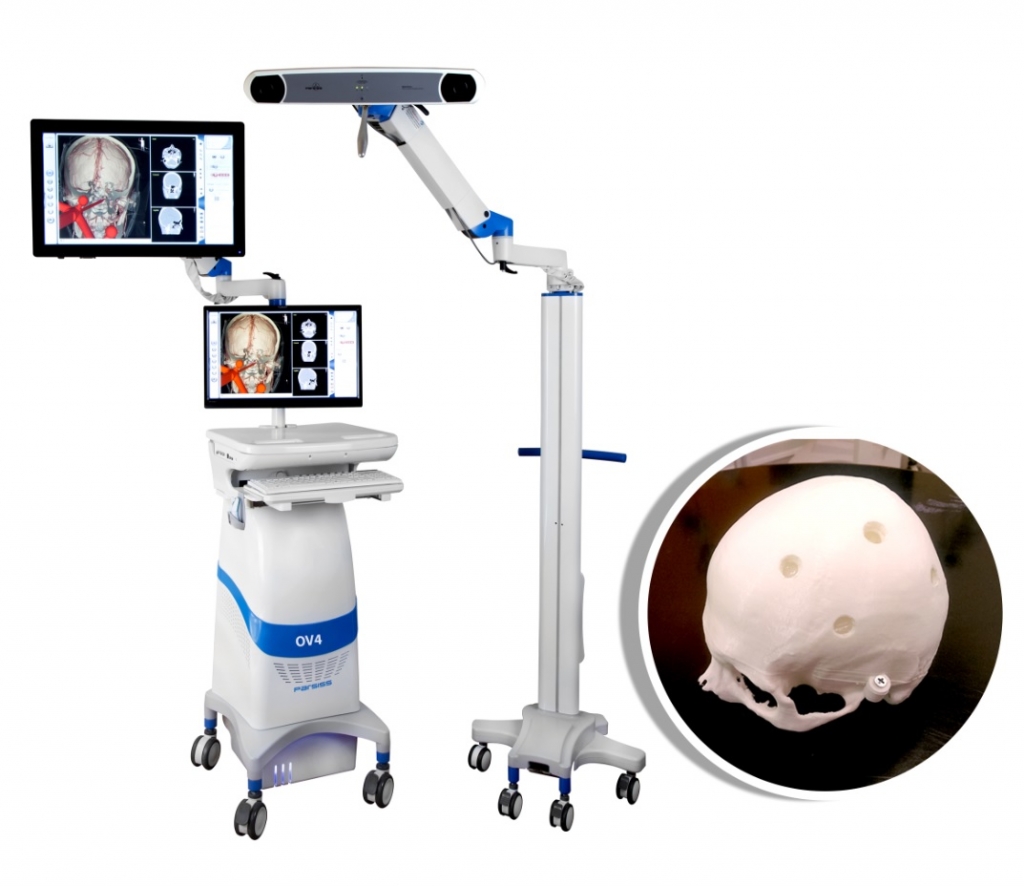
Basic training and skill development program for Image-guided surgery
Image-guided surgical (IGS) systems have revolutionized conventional surgical techniques by providing a precise treatment guidance system that can help ensure the safety of vital structures while maintaining the best outcome for patients.
Because of the precision that IGS systems provide, surgeons are able to create an exact, and detailed plan for the surgery — where, the best spot is to make the incision, the optimal path to the targeted area, and what critical structures must be avoided.
There are many advantages to using the IGS system, including:
• Increasing surgery accuracy and reducing the risks of damaging healthy tissues.
• Reducing the risk of recurrence due to incomplete resection.
• Reducing medical errors and therefore the side effects of surgery.
• Shorter length of stay in hospital and quicker return to normal activities due to minimally invasive surgery.
• Increasing patient safety and reducing complications.
In the basic training and skill development program, trainees become sufficiently familiar with the theoretical topics and applications of the IGS system, its components, advantages, and limitations. Then the trainees get familiar with setup and the usage of the IGS system and in the following, they practice using the IGS system on tissue-equivalent phantoms.
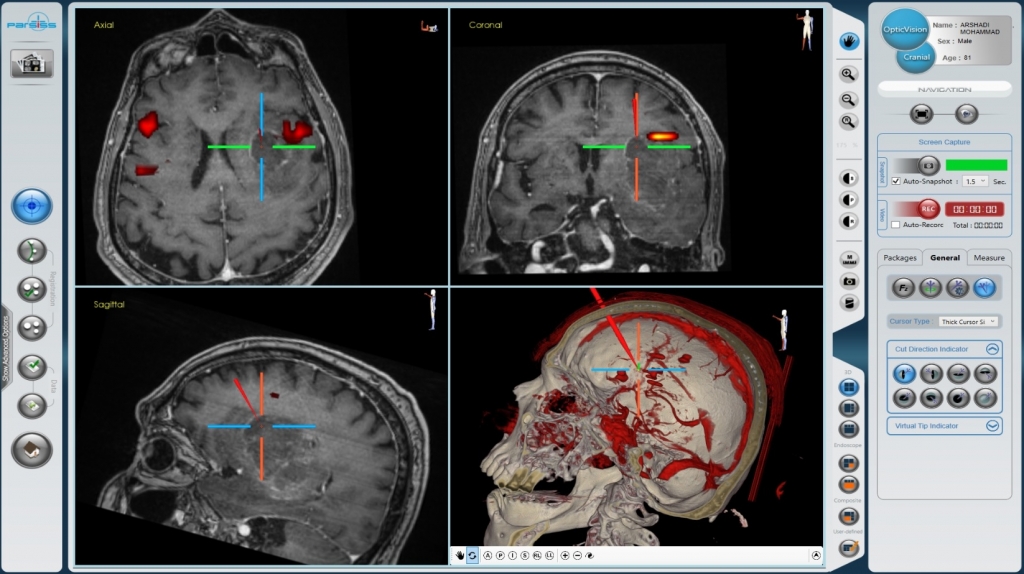
Advanced training program using image-guided navigation in neurosurgery
During the years, Image-guided surgery (IGS) systems that involve preoperative images and planning and intraoperative navigation became the standard of care for many neurosurgical procedures. The other crucial aspect of IGS is the ability of surgeons to track instruments during the surgical procedure in real-time.
There are many advantages to using the IGS system, including:
• Increasing surgery accuracy and reducing the risks of damaging healthy tissues
• Reducing the risk of recurrence due to incomplete resection.
• Reducing medical errors and therefore reduce the side effects of surgery.
• Shorter length of stay and quicker return to normal activities due to minimally invasive surgery
• Increasing patient safety and reduce complications.
In the advanced training program using the IGS system in neurosurgery, first, the basic concepts of the IGS will be reviewed, then the trainee will experience using the IGS system on patient-specific neurosurgical phantoms. In the clinical phase trainee will apply the skills learned in the previous steps on the real patients in two ways: hands-off (observer in three surgeries) and hands-on in two surgeries under the supervision of a neurosurgeon.
Advanced training program using image-guided navigation in Craniomaxillofacial surgery
Craniomaxillofacial surgery can be complex and frequently require multiple surgeries over a patient’s lifetime. Image-guided surgery (IGS) potentially enhances intraoperative safety and outcomes in a variety of craniomaxillofacial procedures. IGS has several applications in CMF surgery such as removal of tumors and foreign bodies, orthognathic and reconstructive surgery, assessment of the fractured bone placement in reduction surgery, guiding the surgeon for precise and enough dissection.
In the advanced training program using the IGS system in craniomaxillofacial surgery, first, the basic concepts of the IGS will be reviewed, then the trainee will experience using the IGS system on patient-specific phantoms. In the clinical phase, the trainee will apply the skills learned in the previous steps on real patients under the supervision of an expert surgeon in two ways: hands-off (observer in two surgeries) and hands-on surgery.
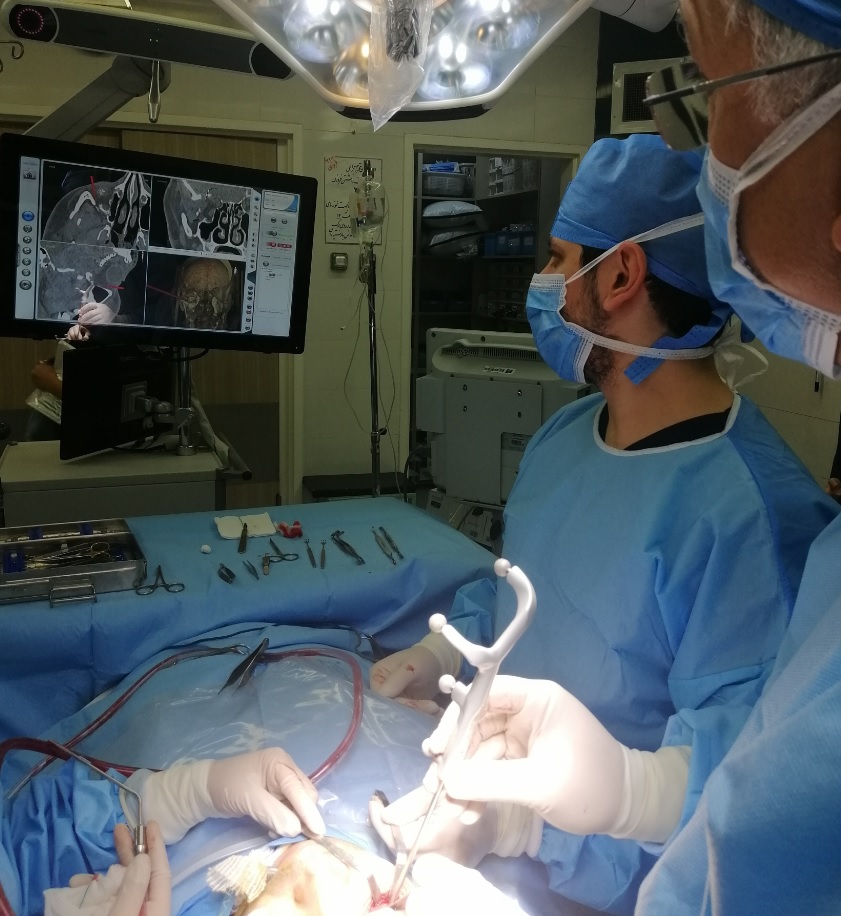
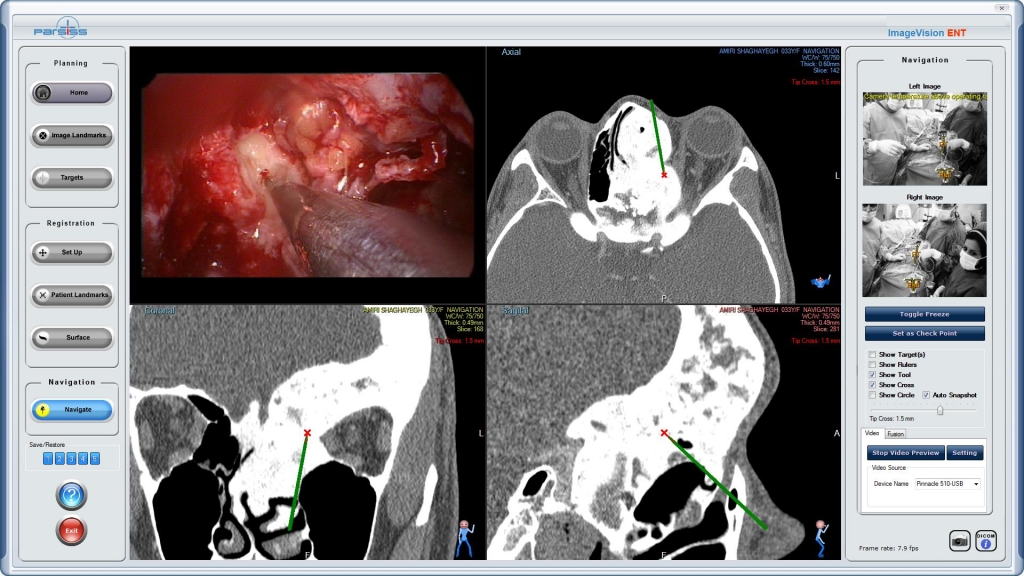
Advanced training program using image-guided navigation in ENT field
The image-guided surgery system does not replace the surgeon’s knowledge, expertise, or judgment, but the use of the IGS system in ENT and skull base surgeries has become necessary.
As ENT surgeries require IGS in small anatomical structures and cavities with limited visualization, using IGS in procedures like optic nerve decompression, revision sinus surgery with disrupted anatomy, surgery of skull base lesions or adjacent infections, pituitary surgery, and intraocular surgery adds a significant value to them.
In an advanced training program using the IGS system in the ENT field, first, the basic concepts of the IGS will be reviewed, then the trainee will have the experience of working with the IGS system on patient-specific ENT phantoms. In the clinical phase, the trainee will apply the skills learned in the previous steps to the actual patients in two ways: hands-off (observer in two surgeries) and hands-on in one surgery under the supervision of an expert surgeon.
Advanced training program using image-guided navigation in spine surgery
For many years, the intraoperative image-guided surgery (IGS) system was used primarily to improve the accuracy of pedicle screw placement to help stabilize the spine. Recently, surgeons have relied on IGS systems for many other procedures, including surgical resection of intra-dural and spinal column tumors, revision procedures on arthrodesis spines, and deformity cases with distorted anatomy.
In the Advanced training program using the IGS system in spine surgery, first, the basic concepts of the IGS will be reviewed, then the trainee will have experience working with the IGS system on the patient-specific spine phantoms. In the clinical phase trainee will be applied the skills learned in the previous steps to the actual patients in two ways: hands-off (observer in three surgeries) and hands-on in two surgeries under the supervision of a neurosurgeon.
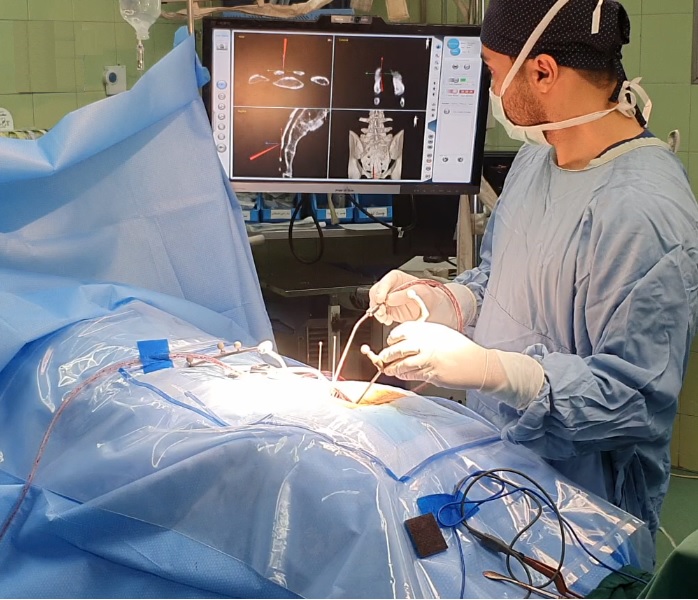
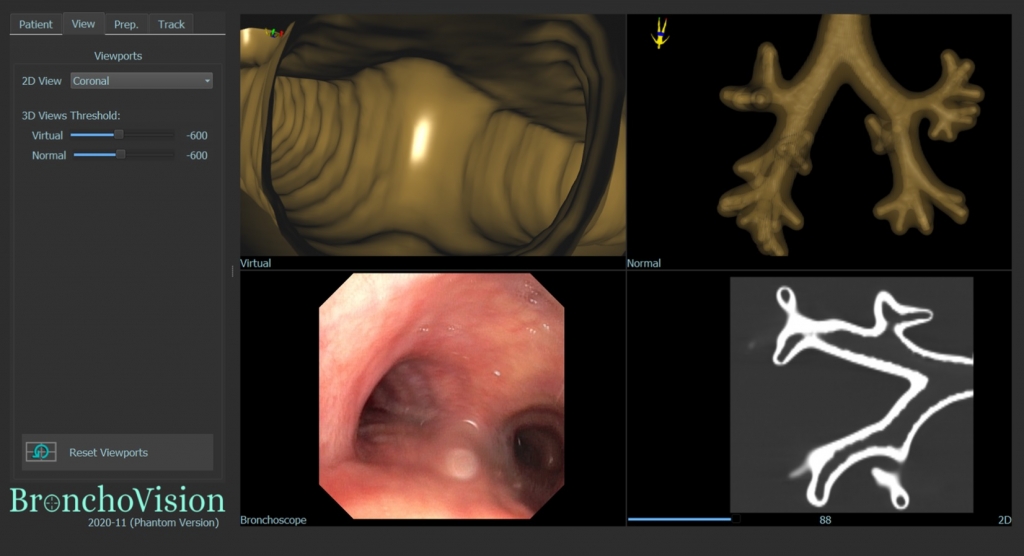
Basic training and skill development program for navigated bronchoscopy
In recent years, electromagnetic navigational bronchoscopy (ENB) has been introduced as an accurate and reliable tool to guide sampling of peripheral lung nodules if the equipment and the expertise are available. The technology can be employed as a novel diagnostic tool to localize and evaluate target lesions and lung nodules inside airways in addition to placing fiducial markers for radiotherapy or brachytherapy catheters guidance.
In the training and skill development program of navigation in bronchoscopy, trainees get familiar with the concepts of electromagnetic navigation, its basic components, advantages, and limitations. They will experience and practice the guidance system on a phantom equivalent to lung tissue in the operational workshop.


